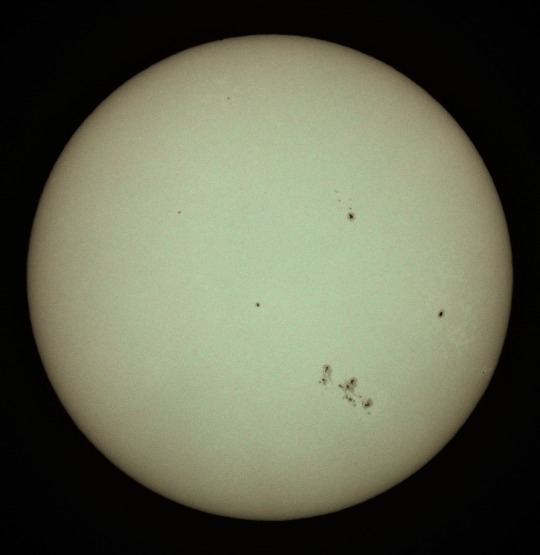#sunspots
Text




⭐ STARMARKED - a gender that feels like it is covered in star-shaped markings.
... for day 2 of @squidbxy’s 500 follower coining event | day 2 - stars!

💫 ——— coined by light !

PT: Starmarked - a gender that feels like it is covered in star-shaped markings.

#sunspots#liom#mogai#actually mogai#xenogender#xenogender coining#xeno coining#gender coining#aesthetic#pink#blue#purple#star#starcore
536 notes
·
View notes
Text
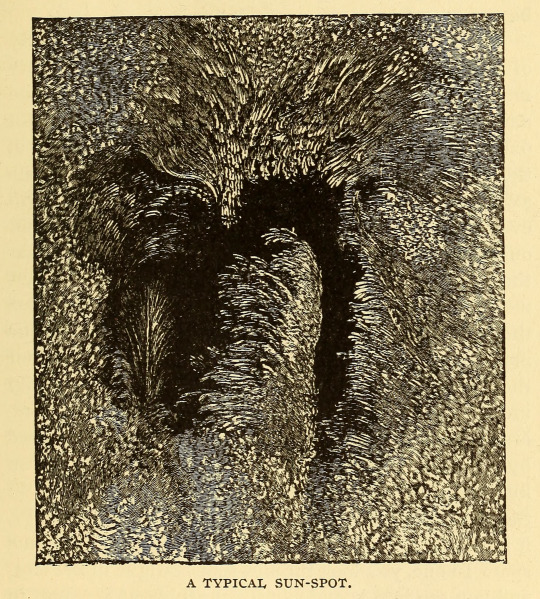
Typical. The story of the sun, moon, and stars. 1898.
Internet Archive
417 notes
·
View notes
Text

The Sun on April 2, 2024 // Michael Cole
81 notes
·
View notes
Text

This song has been ROTTING my brain all week so I tried something stupid with it that I actually ended up loving lmao
#nine inch nails#trent reznor#with teeth#sunspots#industrial rock#alternative#alt#fanart#illustration#digital art#art#Trent put his whole renussy into this song I stg#it’s probably one of my all time favourite NIN songs#like#god damn
262 notes
·
View notes
Text
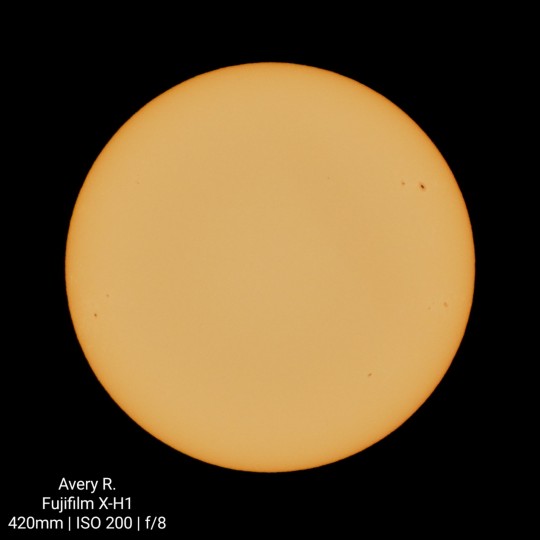

Testing out solar photography before the 2024 total eclipse next month! Thought it would be fun to compare my photo to today's SDO satellite image
36 notes
·
View notes
Text
CAN WE HARNESS THE FULL ENERGY OF THE SUN??
Blog#343
Wednesday, October 25th, 2023
Welcome back,
Our civilization will need more power in the future. Count on it. The ways we use power today: for lighting, transportation, food distribution and even entertainment would have sounded hilarious and far fetched to our ancestors.
As our technology improves, our demand for power will increase. I have no idea what we'll use it for, but I guarantee we'll want it. Perhaps we'll clean up the oceans, reverse global warming, turn iron into gold, or any number of activities that take massive amounts of energy.
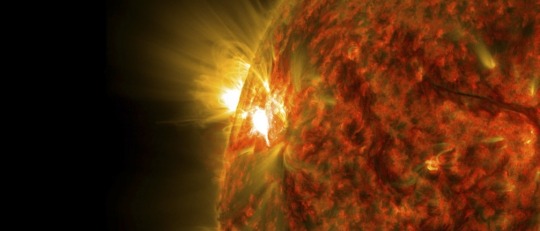
Fossil fuels won't deliver, and they come with some undesirable side effects. Nuclear fuels will only provide so much power until they run out.
We need the ultimate in energy resources. We'll want to harness the entire power of our star. The Soviet astronomer Nikolai Kardashev predicted that a future civilization might eventually harness the power of an entire planet. He called this a Type I civilization.

A Type II would harness the entire energy output of a star. And a Type III civilization would utilize the power of their entire galaxy. So let's consider a Type II civilization.
What would it actually take to harness 100% of the energy from a star? We'd need to construct a Dyson Sphere or Cloud and collect all the solar energy that emanates from it. But could we do better? Could we extract material directly from a star?
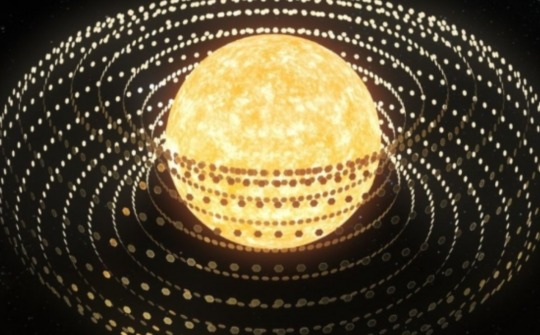
You bet, it's the future!
This is an idea known as "stellar lifting". Stealing hydrogen fuel from the Sun and using it for our futuristic energy needs. In fact, the Sun's already doing it… poorly. Stars generate powerful magnetic fields. They twist and turn across the surface of the star, and eject hydrogen into space. But it's just a trickle of material. To truly harness the power of the Sun, we need to get at that store of hydrogen, and speed up the extraction process.

There are a few techniques that might work. You can use lasers to heat up portions of the surface, and increase the volume of the solar wind. You could use powerful magnetic fields to carry plasma away from the Sun's poles into space.Which ever way it happens, once we've got all that hydrogen. How do we use it to get energy? We could combine it with oxygen and release energy via combustion, or we could use it in our space reactors and generate power from fusion.
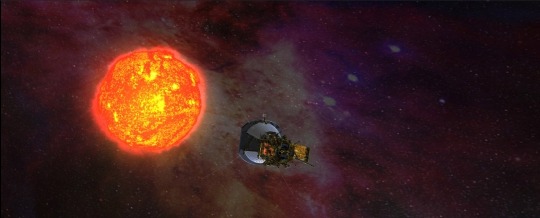
But the most efficient way is to feed it to a black hole and extract its angular momentum. A highly advanced civilization could siphon material directly from a star and send it onto the ergosphere of a rapidly spinning pet black hole.
Here's Dr. Mark Morris, a Professor of Astronomy at UCLA. He'll explain:
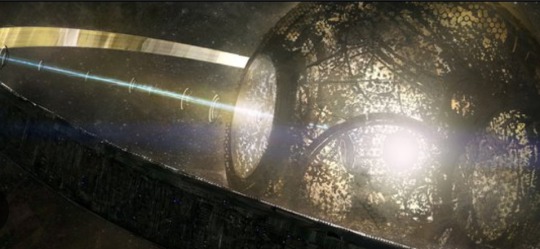
"There is this region, called the ergosphere between the event horizon and another boundary, outside. The ergosphere is a very interesting region outside the event horizon in which a variety of interesting effects can occur. For example, if we had a black hole at our disposal, we could extract energy from spinning black holes by throwing things into the ergosphere and grabbing whatever comes out at even higher speeds."
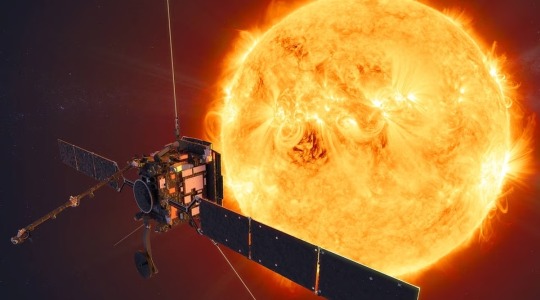
This is known as the Penrose process, first identified by Roger Penrose in 1969. It's theoretically possible to retrieve 29% of the energy in a rotating black hole. Unfortunately, you also slow it down. Eventually the black hole stops spinning, and you can't get any more energy out of it. But then it might also be possible to extract energy from Hawking radiation; the slow evaporation of black holes over eons. Of course, it's tricky business.
Originally published on phys.org
COMING UP!!
(Saturday, October 28th, 2023)
"HOW DID THE UNIVERSE ELEMENT FORM??"
#astronomy#outer space#alternate universe#astrophysics#universe#spacecraft#white universe#space#parallel universe#astrophotography#sunspots#sunrise#nasa#earth science#earth#astroworld#astro observations
67 notes
·
View notes
Text

warmups! used the random character page on the warriors wiki.
#bluestar#breezepelt#warrior cats#warriors#wc#mudthorn#sunspots#ruby#peanut#im sure all the thousands of peanut fans are thrilled that theres now a drawing of peanut on this blog that doesnt suck ass#because that is absolutely one of the every cat challenge designs i put the least effort into lmao
173 notes
·
View notes
Text
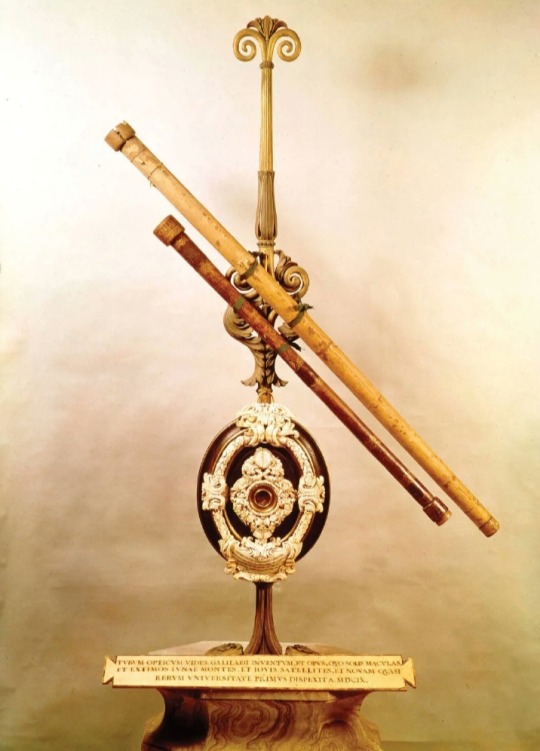
Galileo's first telescopes 🔭
Galileo's (1564-1642) early telescopes, which he constructed in the early 17th century (around 1609), marked a major advancement in observational astronomy.
These telescopes were based on the principles of existing Dutch telescopes, which had been developed by spectacle makers in the Netherlands.
These early telescopes, known as refracting telescopes, utilized a combination of lenses to gather and focus light, magnifying distant objects. Galileo further refined and improved their design.
The design of Galileo's telescopes typically consisted of a convex objective lens (the primary lens) and a concave eyepiece lens (the secondary lens).
The objective lens collected light from distant objects and converged it to a focal point, forming an image.
The eyepiece lens then magnified this image for the observer to see.
Galileo's telescopes had relatively low magnification power compared to modern telescopes, but they enabled him to make groundbreaking observations.
With these instruments, he made a series of significant discoveries, including:
Observations of the Moon
Galileo observed the rugged, mountainous surface of the Moon, challenging the prevailing belief in its perfect smoothness.
He also noticed the presence of craters and other lunar features.
Sunspots
It revealed that the Sun was not a perfect sphere and that it rotated on its axis
Discovery of Jupiter's moons
He observed four of Jupiter's largest moons, now known as the Galilean moons.
Their discovery provided evidence that not all celestial bodies orbited the Earth, challenging the geocentric model of the universe.
Phases of Venus
Galileo observed the phases of Venus, which he interpreted as evidence for the heliocentric model of the solar system proposed by Copernicus.
This observation suggested that Venus orbits the Sun and not the Earth.
Observation of Saturn
Galileo observed Saturn and its rings, although he was not able to discern the true nature of the rings due to limitations in his telescope's resolving power.
Galileo's telescopes revolutionized astronomy by providing concrete evidence that supported the Copernican heliocentric model of the solar system.
His observations and discoveries contributed to a profound shift in our understanding of the cosmos and laid the foundation for modern observational astronomy.
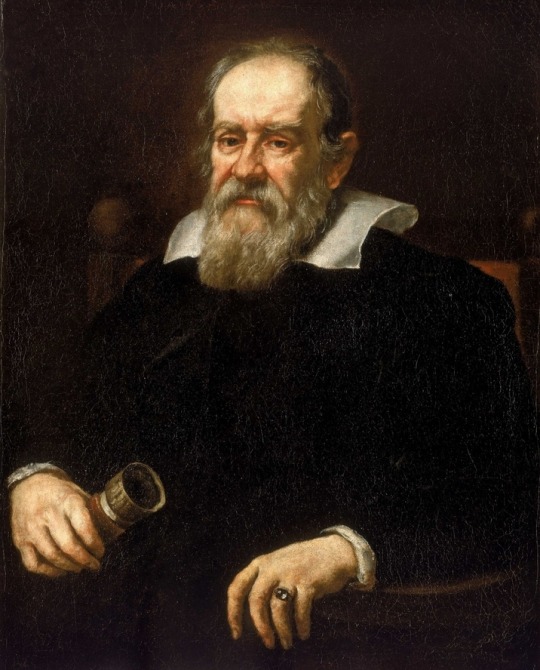
Galileo di Vincenzo Bonaiuti de' Galilei (15 February 1564 – 8 January 1642) was an Italian astronomer, physicist and engineer, sometimes described as a polymath.
He was born in the city of Pisa, then part of the Duchy of Florence.
Galileo has been called the "father of observational astronomy, modern-era classical physics, the scientific method, and modern science."
#Galileo di Vincenzo Bonaiuti de' Galilei#Galileo Galilei#telescopes#astronomy#observational astronomy#Galilean moons#refracting telescopes#moon#sunspots#Jupiter#Venus#Saturn#cosmos#planets#science#scientific discovery
64 notes
·
View notes
Text

sunspots
74 notes
·
View notes
Text
Sunspots chapter 41
“This is the work of the Alchemist,” Voldemort continued. “You must take the base materials of your body and all its experiences, and transform it into something new."
30 notes
·
View notes
Text





💌 CHERISHFATED / CHERISHFATE : a gender related to having a future that is full of love, such as being fated to be adored, fated in a loving way, “loved by the narrative” etc.

🎀 ——— coined by Light! part of @adventurerscoins’s genderfate gender system.

[PT: Cherishfated/cherishfate: a gender related to having a future that is full of love, such as being fated to be adored, fated in a loving way, “loved by the narrative” etc.]

#sunspots#liom#mogai#actuallymogai#actually mogai#xenogender#xenogender coining#gender coining#lgbt#lgbtqia#cute#cutecore#pink#love#lovecore#lovegender#genderfate#genderfate system
207 notes
·
View notes
Photo

Epic Photobomb by TierraCosmos https://flic.kr/p/2j9cMn6
31 notes
·
View notes
Text

The Sun on February 26, 2024 // Charles Barros
Note the large sunspot group AR3590! It now stretches more than 9.5 times the size of Earth. If you have solar eclipse glasses on hand, you can actually see it with your eyes! PLEASE DO NOT STARE AT THE SUN WITHOUT PROTECTION!!!!
#astronomy#astrophotography#solar system#star#sun#the sun#sol#solar surface#solar activity#sunspots#AR3590
133 notes
·
View notes
Text


Sun Spots
Headed over to Empire, Michigan, in a quest to see the green flash. The sun settled into clouds and disappeared prior to ducking below the horizon, however.
In any case, I find it interesting to be able to view these sun spots as if I'm using a solar filter, which I'm not.
Two images by Richard Koenig; taken July 13th 2023.
#sunspots#elsol#sol#sun#helios#empiremichigan#empiremi#empire#sleepingbearnationallakeshore#sleepingbear#lowerpeninsula#westmichgain
23 notes
·
View notes
